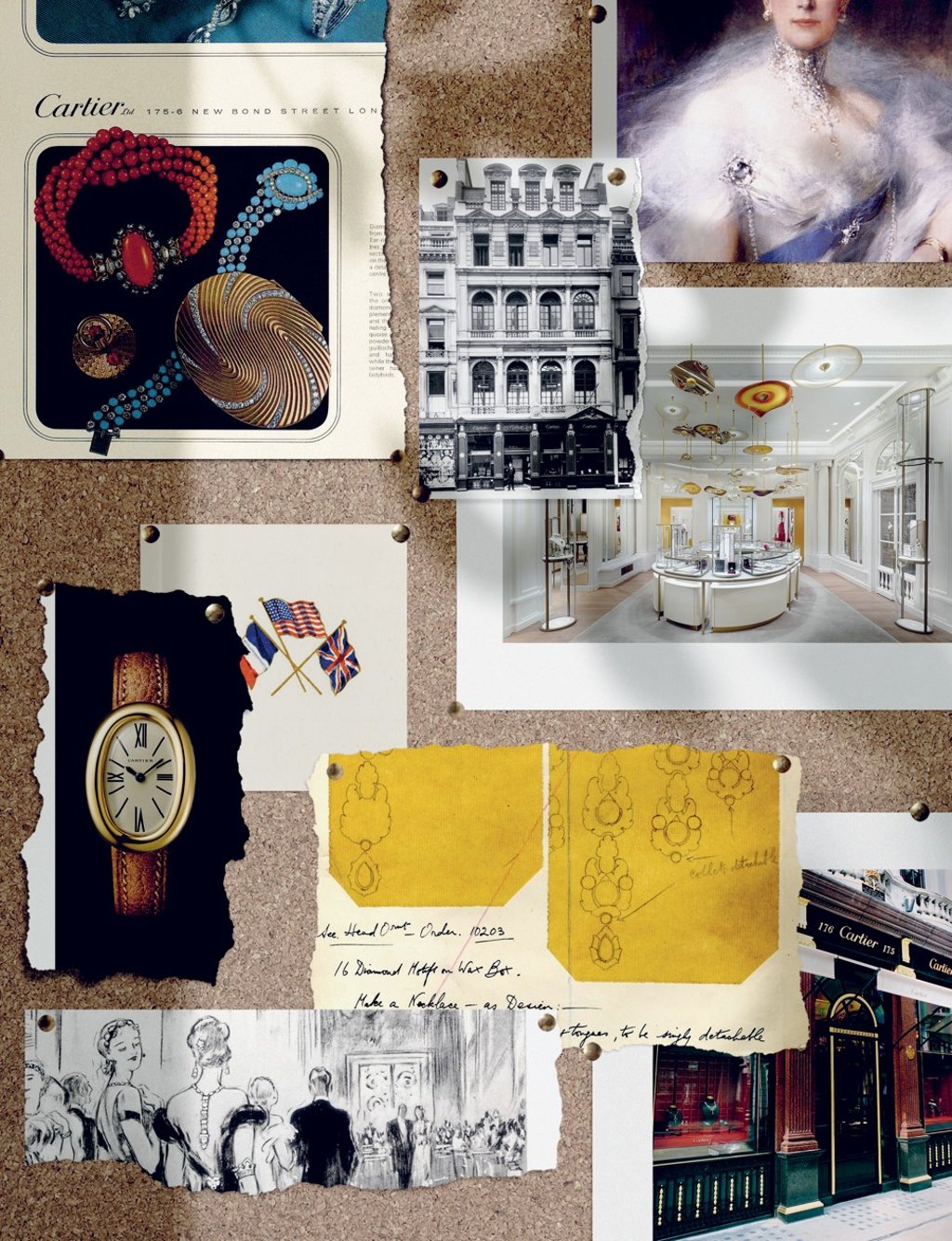How LVMH, Cartier and other luxury jewellers are engaging with millennials – with a VIP Ritz Paris guest suite and celebrity endorsements

Beauty and fashion brands struggle to keep up with phenomenal growth of jewellery
The jewellery industry is having its moment. The global jewellery market is expected to reach US$480.5 billion by 2025, says California-based Grand View Research. The world’s top 100 luxury goods companies earned total revenue of US$247 billion in the 2017 financial year, up from US$217 billion in the previous cycle, according to the 2019 edition of Global Powers of Luxury Goods by Deloitte. A powerful engine behind this US$30 billion growth is the jewellery industry, which scored a 7 per cent increase.
It outperformed the beauty and fashion sectors, such as handbags and apparel, which saw a 1 per cent drop in revenue, as shown in Bain & Company’s study on worldwide luxury goods sales in 2018.
Switzerland-based Richemont – owner of Cartier, Van Cleef & Arpels, and Chloé – recovered from a 3.9 per cent decline in 2017 and reversed it with 3.1 per cent growth in 2018.

This recovery was ascribed to 9 per cent growth by its jewellery brands, which contributed a 58.9 per cent share of Richemont’s luxury sales.
French luxury conglomerate LVMH owns high-fashion brands from Louis Vuitton to Dior, as well as jewellery and watch labels like Chaumet and Bulgari.
The success of its watch and jewellery divisions in 2018 – despite accounting for only 15.3 per cent of LVMH’s overall sales – was one of the key factors handing it the crown in the luxury market, and boosting its 17.2 per cent year-on-year sales growth from 2017.
As fashion brands struggle to grow, what are the factors keeping these century-old fancy jewellers afloat? Jean-Marc Mansvelt, CEO of Chaumet, believes heritage brands have a tremendous advantage because in jewellery, longevity is crucial and brings value; investment in jewellery boosts returns for the next generation.